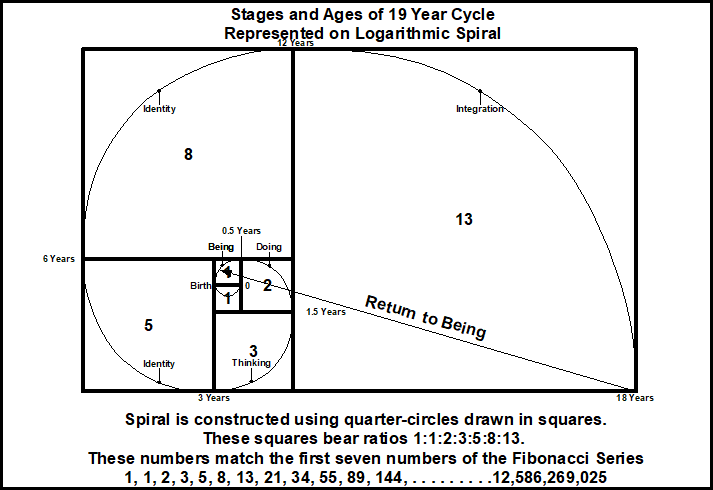Formation of Ego States and Script Activation
I earnestly request you to read the previous blog at Ego States and Script before proceeding to read this blog.
How are ego states formed. Each ego state as a memory cache, is a memory cluster. It has two dimensions I-I, and the other is I - You, It, Life etc. The I-I dimensions are shown here:
 |
The I - I dimension of the Ego State Cluster |
The I-I dimension has five contributing cluster elements with five descriptives and attributions. The permutations and combinations generated by five X five is 120 combinations.
In the other dimension there are upto 10 clusters. Each of these clusters have upto 10 qualifying descriptives and attributes.
The ten clusters are about 1. People 2. Their Persona (Perceived Image) 3. Their Imagined Attributes, Qualities and Powers 4. Interactional Reason 5. Inter-se Roles 6. Places 7. Event or Occurrence 8. Situations and Conditions 9. Impacting Experience 10. Emotional Racket
The permutation and combinations of 10 items with 10 descriptives and attributes generates 3.63 million possibilities. These are shown in the figure:
In combination with the I-I dimension combinations numbering 120 the total number of possibilities number 4.36 billion combinations. The whole picture is shown in figure given here:
In my view we grow to be mature adults at the age of 38-39 years. The brain development completes by 25 years of life. So it may be safely said that we grow up to be mature adults at the age of 26 years. Accepting that we have at least one impacting, lingering, difficult to forget experience a week from our age of 3 years to the age of 25 years we will be recording 1,144 experiences. Say at least 1000 experiences. Each such experience constitutes an ego state having origin in self, meaning Child / Adult ego state. After 12 years of age we start adding meaning to experiences. Meaning distorts the consensual reality. It add many more dimensions to reality and our view of ourselves, others, life and the world at large. Out of these 1000 experiences 600 experiences are distorted experiences.
We face reality as adults. The sources of reality could be people, situations, problems, difficulties, conditions, challenges, conflicts, events, occurrences, experiences, threat situations, surprising situations, un expected situations. These back link to ego states from among the 1000 ego states through roughly 10 stages of growth to the age of 25 years in unique combinations out of the 4.36 billion possibilities.
If some of the linkable anchors are available to ego states, the script activates to run the process as a response to reality depriving the individual of control over perception, estimation, evaluation, and response.
Thus is connected Ego States and Script as the two aspects of the same reality.
The Previous Blogs on Ego States and Script are accessible serially here:
1. Blog 1
2. Blog 2
3. Blog 3
4. Blog 4
~~~~~
































